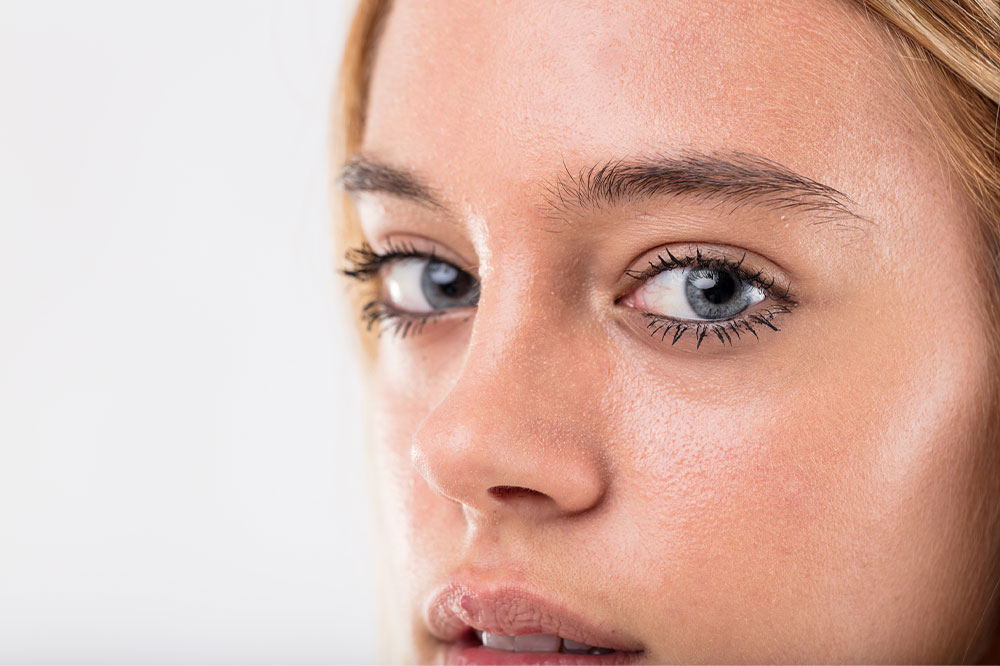6 signs of poor vision caused due to excessive sugar intake

The eyes are one of the most vital parts of the human body, enabling one to see and indulge in daily activities. However, like other organs, the eyesight may deteriorate due to age and genetics. Other factors may lead to poor eyesight, such as eating sugar-rich foods, which could lead to diabetes. These signs can be prevented and managed if one’s aware of them. Here are six signs that may indicate vision problems due to excess sugar intake.
Blurry vision
Blurry vision may occur due to several factors, including an individual’s age. However, if the symptom transpires early, it might indicate a spike in an individual’s glucose levels. This may cause fluid to leak into the lens of the eye and cause it to swell and change shape. Therefore, it is important for one to control their sugar intake to manage eye health. They must also see a doctor if the symptom does not go away.
Black spots
The spots in the eyes are caused by eye floaters, which may result from aging, a retinal tear, or health conditions like inflammation. However, someone with diabetic retinopathy or diabetic macular edema may also be at risk of developing the symptoms. Floaters may take on various shapes, including circles, lines, specks, and spider webs that appear in one’s vision.
Fluctuating vision
Another common sign of diabetes is fluctuating vision as a result of damage to the blood vessels in the retina. The eyes contain a clear fluid that contains nutrients, including glucose, to keep the cells healthy. However, increasing blood sugar levels may result in excessive spillage into the eye, which can mix with the clear fluid. As a result, the lens may swell, shifting the focus and affecting vision. Therefore, if one notices vision that fluctuates following meals, they might need to check their blood sugar levels with the help of an expert.
Poor color vision
Color vision deficiency is the inability to differentiate between certain shades of color. Two common causes of this sign might be linked to genetics and injuries. However, experts also associate poor color vision with the onset of diabetes due to excessive sugar intake. Studies show that people with type 2 diabetes might be more likely to develop color blindness.
Flashes of light
The excess intake of sugar can lead to a complication of diabetes, and diabetic retinopathy, which may damage the blood vessels of the light-sensitive tissue at the back of the eye. While the sign may not show itself at first or lead to only mild vision problems, but eventually get worse. Since the abnormal growth of blood vessels associated with diabetic retinopathy stimulate the growth of scar tissue, it could pull the retina away from the back of the eye. This phenomenon may trigger flashes of light. So one should visit an expert immediately if they notice this sign.
Complete vision loss
If left untreated, or if one does not control their blood sugar levels, complications like diabetic retinopathy, macular edema, glaucoma, or a combination of these conditions, may result in complete loss of vision. Therefore, if one suffers from diabetes and notices changes in their eyesight, they must reduce their sugar intake. And one must speak to an expert about ways to manage and control the symptoms of diabetes.







